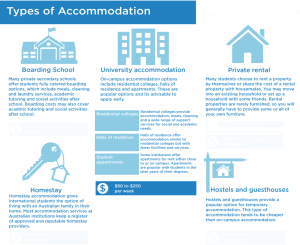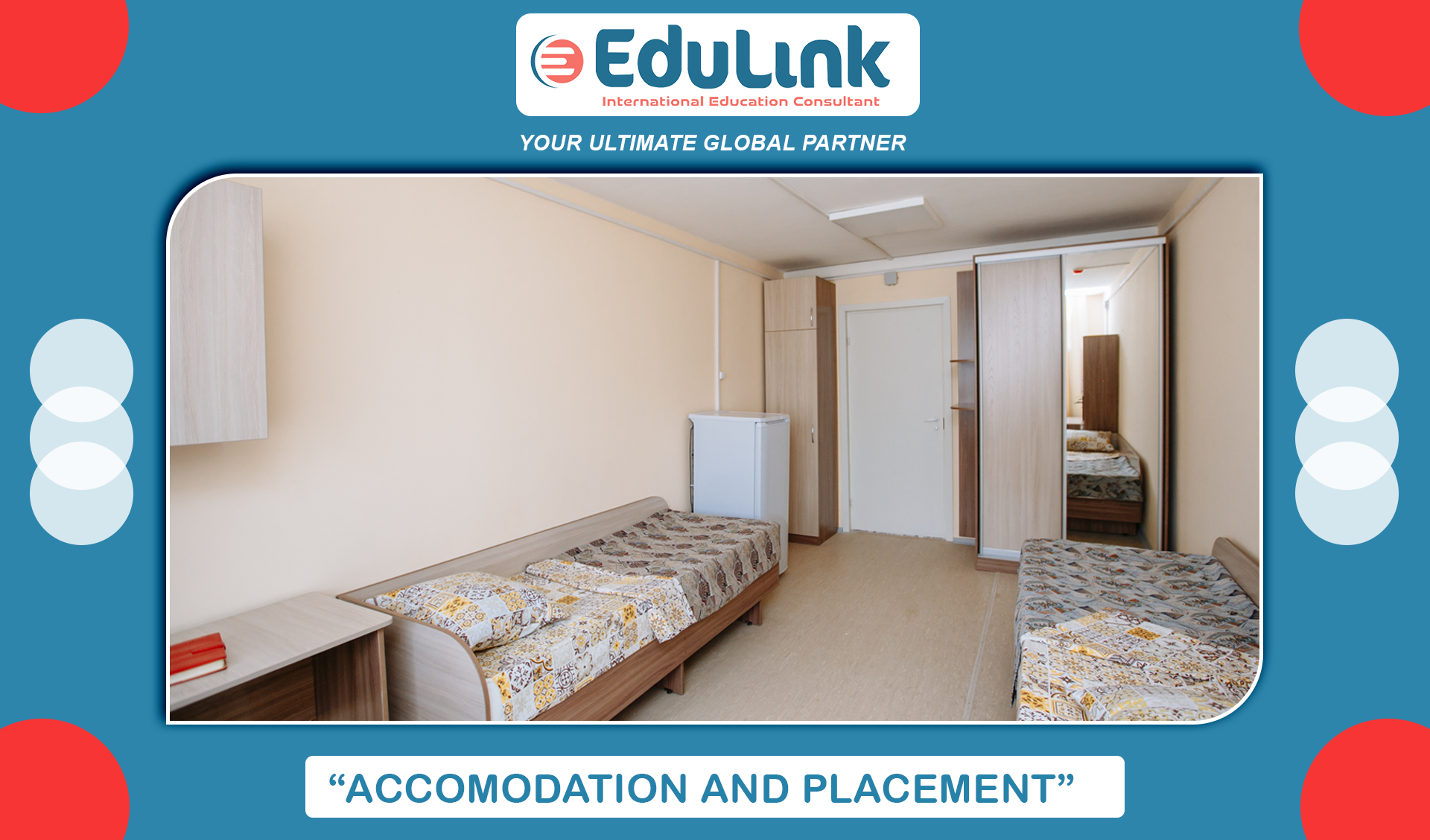ACCOMMODATION:
Basically, accommodation refers to the process of adapting instructional strategies, educational materials, classroom environments, or assessment methods to address the unique needs of individual students. Particularly those with disabilities or learning differences.
 Rather than applying a uniform approach, the goal is to ensure equitable access and meaningful participation for all learners by thoughtfully adjusting traditional teaching practices.
Rather than applying a uniform approach, the goal is to ensure equitable access and meaningful participation for all learners by thoughtfully adjusting traditional teaching practices.
GOAL:
To eliminate obstacles that could prevent a student from learning so they can show their abilities and knowledge and can do fairly.
Examples:
- Testing Adjustments:
- Extended time for completing exams
- Classroom Environment:
- Preferential seating arrangements (e.g., front row seating)
- Accessible Materials:
- Alternative formats such as:
- Audiobooks
- Large print versions
- Assistive Technology:
- Utilization of supportive tech tools and devices
- Assignment Modifications:
- Adjusted or modified assignments to meet individual needs
Who Receives Accommodations?
Students with IEPs:
- Students who have Individualized Education Programs (IEPs) in place are eligible for accommodations.
- These programs are designed for learners with specific needs that require tailored instruction or support.
Students with 504 Plans:
- Accommodations are also provided to students with 504 Plans.
- Typically, 504 Plans address fewer intensive needs compared to IEPs, but still ensure equal access to education.
Students with Temporary Challenges:
- Some students may receive accommodations on a short-term basis due to injury, illness, or trauma.
- These supports are implemented as needed to minimize disruptions to learning during recovery.
PLACEMENT:
Basically, this refers to determining the most appropriate educational setting for a student, considering their academic performance, individual learning needs, or findings from a special education assessment.
GOAL:
The goal is to ensure that each student is provided with an environment that best supports their unique educational requirements.
Educational Placement Types:
General Education Classroom
- Standard classroom setting
- Students with varying abilities learn together
Inclusive Classroom (with Support Services)
- Students with disabilities learn alongside peers
- Additional support provided as needed (e.g., aides, specialists)
Resource Room (Part-Time Special Education)
- Students attend general education classes
- Receive targeted instruction or support in a separate room for part of the day
Self-Contained Classroom (Full-Time Special Education)
- Smaller groups of students
- Full-time specialized instruction by trained educators
Specialized Schools
- Designed for students with specific needs
- Offer tailored programs and services not available in typical school settings
Determining Student Placement
Evaluation Process:
- Placement decisions are made through a collaborative process.
- Includes comprehensive evaluations, assessments, and documentation.
- Involves input from educators, parents, and relevant specialists.
Special Considerations for Students with Disabilities:
- For students with disabilities, the Individualized Education Program (IEP) team oversees placement.
- The IEP team consists of educators, parents, and specialists who understand the student’s needs.
Principle of Least Restrictive Environment (LRE):
- Placement decisions adhere to the Least Restrictive Environment principle.
- Students are placed with their non-disabled peers to the greatest extent possible.
- Separate settings are considered only if the student’s needs cannot be met otherwise
SUMMARY:
- Placement is about the educational environment.
- Accommodations are about providing the necessary tools and strategies for success within that environment.
- Both works together to support individualized learning needs.
For More Information Please Visit: Edulink International Education Consultant.

